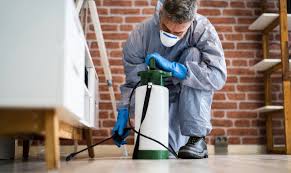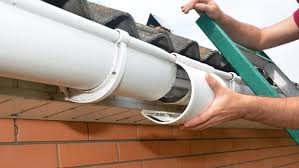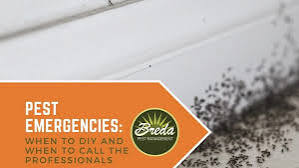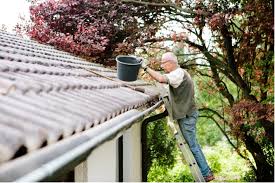Where do you start when your peaceful home becomes a hotspot for uninvited critters? Grab your DIY spirit and a few handy tools because it’s time to reclaim your space from those pesky pests! The trend toward DIY solutions for home maintenance, including pest control, is steadily growing, highlighting the undeniable advantages of self-sufficiency and financial efficiency.
As homeowners look for ways to tackle pest issues independently, the appeal of managing such tasks without professional help consequently becomes clear. Read further as this article strives to provide readers with the critical tools and practical advice needed to carry out successful DIY pest control, ensuring they can confidently and cost-effectively maintain their living spaces pest-free.
Understanding Common Household Pests
Household pests can disrupt our daily lives with their unique behaviors and the disturbing evidence they leave behind. Identifying these unwelcome visitors is crucial. Accordingly, these are the main offenders:
- Ants: March in trails towards food, particularly sweets and grease.
- Roaches: Lurk in dark, damp locations, leaving droppings and a musty smell behind.
- Bed Bugs: Reside in bedding, revealing their presence with itchy bites and blood spots.
- Rodents: Characterized by gnawing marks and droppings, often heard in dark spaces.
Plotting the exact pest type is vital before devising a treatment plan because different pests require different eradication methods.
Essential Tools for DIY Pest Control
For effective DIY pest control in Columbus, OH, having the right equipment is just as crucial as identifying the pest. Equip yourself with the necessary tools, such as the following:
- Baits: Attract and eliminate pests like ants and roaches discreetly.
- Traps: Capture rodents and insects without spreading chemicals.
- Insecticides: Broad-spectrum or targeted solutions to eradicate pests.
- Safety Gear: Gloves, masks, and goggles to ensure safe application.
Choosing high-quality, pest-specific tools and chemicals is essential for efficiency and safety. Additionally, eco-friendly and pet-safe options can safeguard your household and the environment from unnecessary harm.
Preparing Your Home for Treatment
Adequate preparation can significantly improve the success of your pest control measures. It involves creating an environment that discourages pest activity. Tackle the challenge with the following measures:
- Cleaning: Thoroughly clean your home to remove food particles and residues that attract pests.
- Decluttering: Reduce clutter to eliminate potential hiding spots for pests.
- Sealing entry points: Inspect and seal cracks, holes, and gaps in walls, windows, and doors to prevent pest entry.
Keeping your environment clean and secure is essential for sustained pest management. Effective ongoing practices include the following:
- Regular trash disposal: Dispose of garbage regularly to avoid attracting pests.
- Proper food storage: Keep edibles in containers with a tight seal to block access for pests and decrease the chances of infestation.
Application Techniques for Maximum Effectiveness
Correct application is vital for pest control products to do their job effectively. Achieve this with the following strategies:
- Bait and trap placement: Position near pest entry points or areas of high activity.
- Safe spray application: Use sprays in well-ventilated areas, avoiding over-spray to limit exposure.
- Timing: Apply treatments early in the morning or late evening when pests are most active.
For comprehensive coverage, remember the following tips for both indoor and outdoor areas:
- Targeted indoor application: Focus on entry points and hidden spots where pests congregate.
- Outdoor area coverage: Treat the perimeter of your home and any outbuildings, focusing on cracks and potential entry points to form a barrier against pests.
Monitoring and Adjusting Your Approach
Ensuring the effectiveness of DIY pest control efforts requires adjustments based on observed results. Without strategic adaptation, infestations may persist or worsen, making strategies ineffective.
For accurate assessment and strategic shifts in pest control, pay attention to the following:
- Variation in pest numbers: A significant reduction indicates success.
- New signs of activity: Emerging evidence may signal a need for new tactics.
- Trap and bait effectiveness: Their performance can guide future actions.
Regular assessment of these aspects will indicate whether to maintain or alter pest control methods.
Conquer Pests, Claim Peace!
Conclusively, successful DIY pest control hinges on understanding the pests you’re dealing with, arming yourself with the right tools, and applying treatments effectively. Preparing your home and committing to ongoing maintenance can significantly contribute to keeping your space pest-free.
Finally, monitoring your progress and being flexible enough to adjust your methods as needed are crucial steps in maintaining a pest-free home. Embrace this proactive and informed approach to pest control, and stay abreast of new techniques and products that can make your efforts even more effective. Take action today to safeguard your home against unwanted guests tomorrow.











